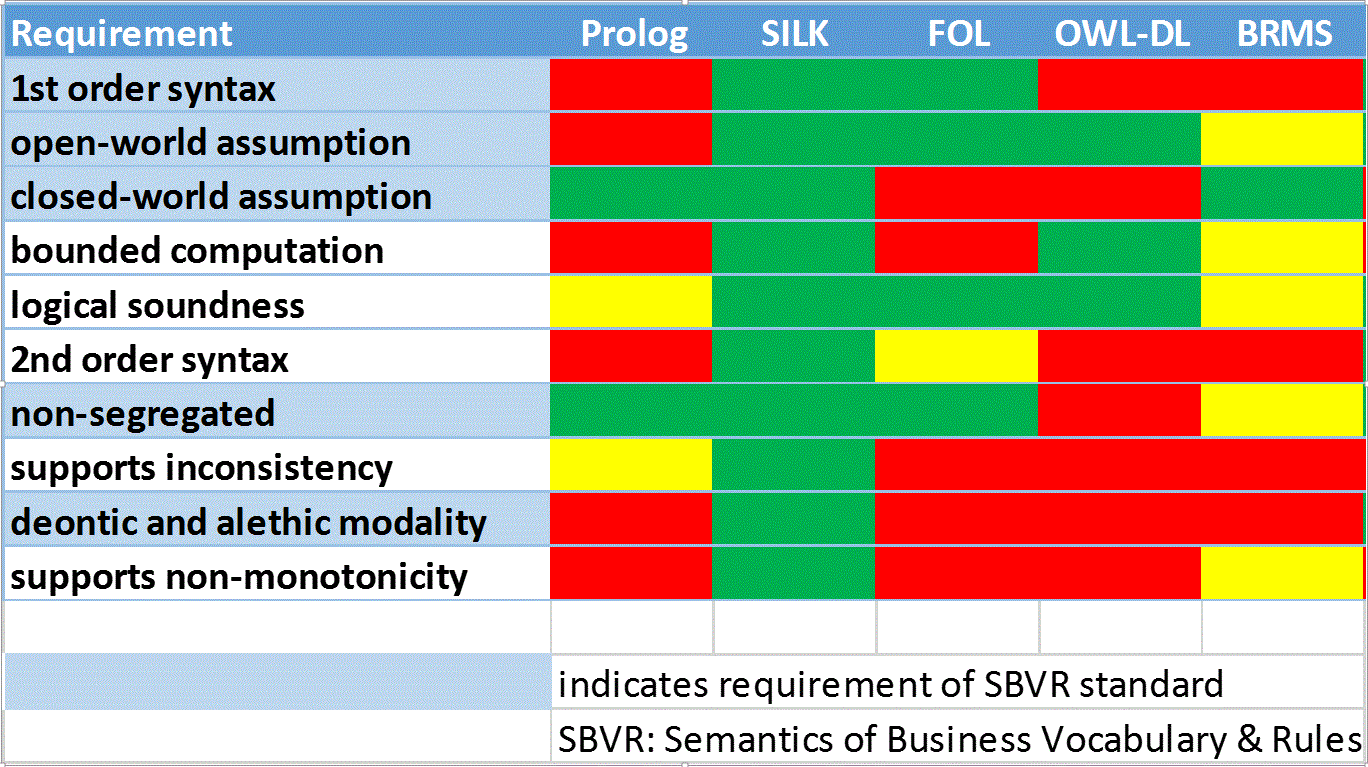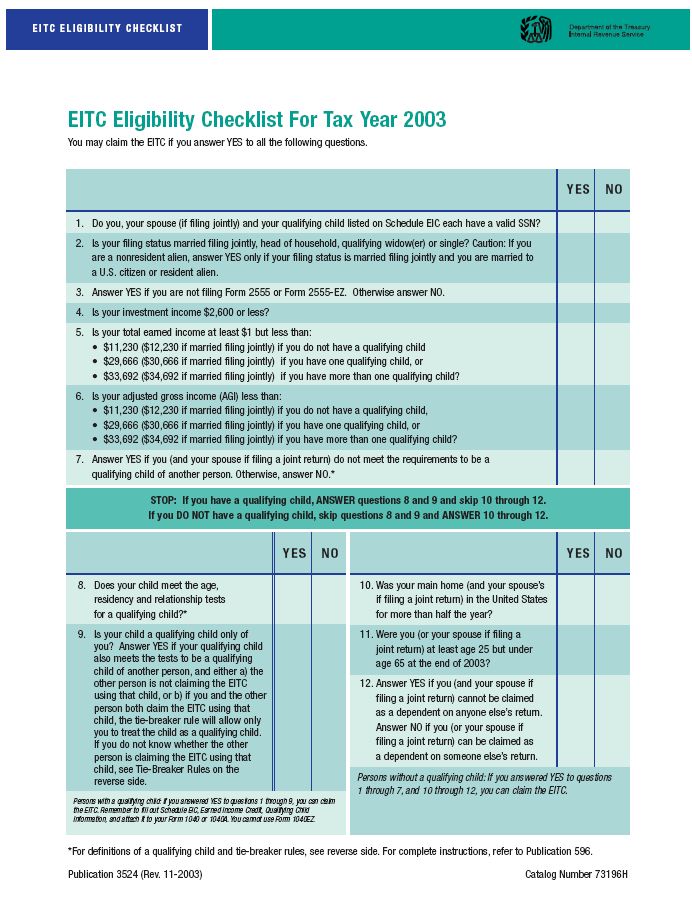Both of the following statements are true, but the first is more informative:
- Business Rules Management Systems (BRMS) typically produce forward chaining production rules that are interpreted by[1] a business rules engine (BRE) based on the Rete Algorithm.
- BRMS typically generate rules that are interpreted by a BRE.
First, dropping the word “production” before “rules” loses information. BRMS do not typically generate rules that are not production rules. Consider, for example, the BRMS vendors involved in the OMG effort produced the Production Rule Representation (PRR) standard. The obvious question is:
- What is different about production rules?
Second, dropping the words “based on the Rete Algorithm” loses information. The dominant rules vendors and open-source engines are all based on the Rete Algorithm.
- Why does the Rete Algorithm matter?
Third, dropping the word “chaining” before “rules” loses information. Chaining refers to the sequential application of rules, as in a chain where each link is the application of one rule and links are tied together by their interaction. But:
- Why does chaining matter?
Fourth, dropping the word “forward” before “chaining” loses information. Forward chaining reacts to information without requiring goals. This begs the question:
Continue reading “Missing Goals and Requirements in Business Rules”



